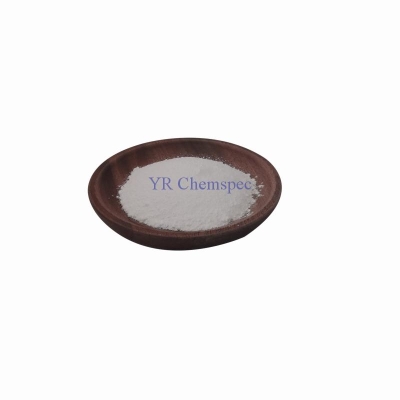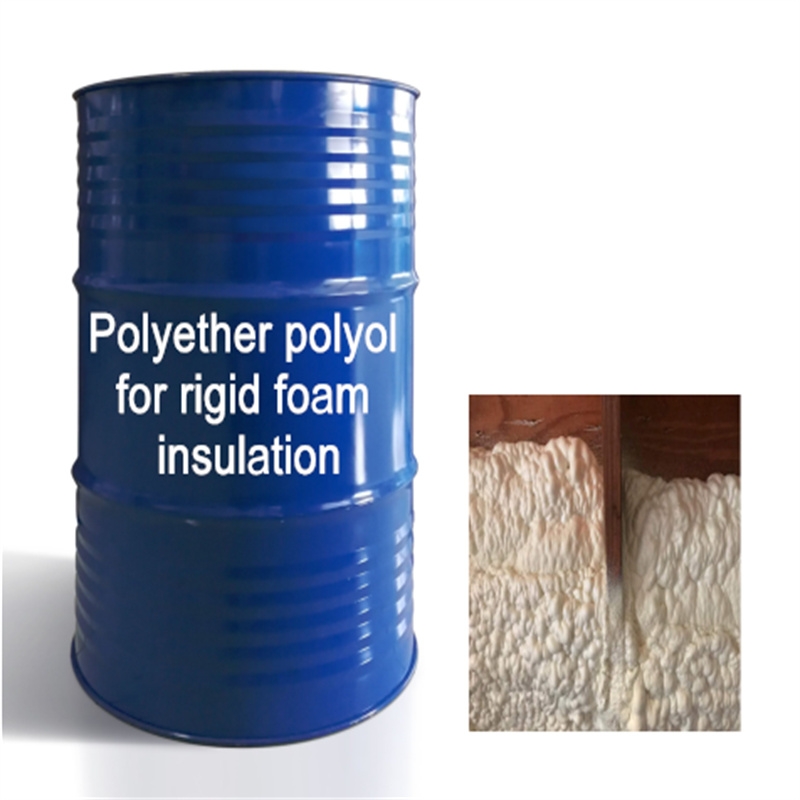-
Categories
-
Pharmaceutical Intermediates
-
Active Pharmaceutical Ingredients
-
Food Additives
- Industrial Coatings
- Agrochemicals
- Dyes and Pigments
- Surfactant
- Flavors and Fragrances
- Chemical Reagents
- Catalyst and Auxiliary
- Natural Products
- Inorganic Chemistry
-
Organic Chemistry
-
Biochemical Engineering
- Analytical Chemistry
- Cosmetic Ingredient
-
Pharmaceutical Intermediates
Promotion
ECHEMI Mall
Wholesale
Weekly Price
Exhibition
News
-
Trade Service
Sederel et al.
The method of preparing adsorption resin with common good solvents, non-good solvents, mixed solvents, etc.
(1) Synthesis of non-polar macroporous adsorption resin
In cross-linked polystyrene resin, the benzene ring connected to the main chain is a plane where electrons are evenly distributed, and the dipole moment is small
The synthesis methods of non-polar macroporous resins can be divided into two categories: divinylbenzene cross-linking method and Friedel-Crafts reaction cross-linking method
(2) Synthesis of medium-polarity macroporous adsorption resin
The mid-polar adsorption resin is a macroporous copolymer containing ester groups, and its crosslinking agent is generally bis(a-methacrylate) glycol ester or polyacrylate (or polymethacrylate) of polyol
Although the specific surface area of the medium-polarity adsorption resin is not very high, generally below 500m 2 /g, it is still much higher than the copolymer of the general macroporous weak acid ion exchange resin.
There are few reports on the synthesis of medium-polarity macroporous adsorption resins abroad
In the early 1980s, Lou Yixin et al.
Itaconic acid is an unsaturated dibasic acid, which can be catalyzed by the following formula to form a dibasic unsaturated acid ester with a fatty alcohol group, and itaconic acid acryl can be obtained by esterification with lower enol
(3) Synthesis of polar macroporous adsorption resin
Polar adsorption resins mainly refer to adsorption resins containing polar groups such as nitrile groups, amide groups, sulfoxide groups, carbonyl groups or phenol groups
Wojaczynska et al
Kolarz et al.
There are many types of macroporous adsorption resins, and there is no uniform name.
① Preparation example: Preparation of DA100X3 macroporous adsorption resin
DA100X3 macroporous adsorption resin is formed by polycondensation of divinylbenzene, benzoyl peroxide, gelatin, and methylcyclohexane at a suitable temperature
The process flow is shown in Figure 4-30
Figure 4-30 The preparation process of DA100X3 macroporous adsorption resin
②Preparation example: Preparation of macroporous adsorption resin by heating modification of polypropylene
Three-necked flask and the amount of porogen particles of polypropylene, with constant stirring in an oil bath heated to a certain temperature, N 2 after incubation under stirring for protection until the polypropylene particles are completely melted and formed transparent homogeneous solution, stirring was stopped, Control the temperature and cool to room temperature, grind into powder, put it into a Soxhlet extractor to extract the porogen in the solid powder with acetone, take it out when there is no oil trace in the siphon, heat and dry, and recover the acetone to obtain a white macroporous adsorption resin
③Preparation example: Preparation of polytriallyl cyanurate macroporous adsorption resin
Add gelatin, sodium chloride, polyvinyl alcohol, methylene blue and water into a three-necked flask equipped with a stirrer, condenser and thermometer.
After stirring, add quantitative triallyl cyanurate monomer and n-butyl ether.
The porogen is suspended and polymerized at 85°C with benzoyl peroxide as the initiator to prepare milky white opaque balls, which are filtered and washed with water, extracted with ethanol, dried, and then placed in a vacuum drying oven at 40°C to dry for use
.
④ Preparation example: Friedel-Craft post-crosslinking method to prepare macroporous adsorption resin
a.
Preparation of polystyrene copolymer white balls: Polystyrene white balls (abbreviated as white balls) are prepared by suspension polymerization using styrene as monomer, divinylbenzene as crosslinking agent, and BPO as initiator
.
Change the amount of crosslinking agent to prepare polystyrene resins with initial crosslinking degrees of 0.
5% and 1%
.
b.
Chloromethylation reaction Take 60g of white copolymer balls, use anhydrous ZnCl2 as a catalyst, swell with chloromethyl ether for 12h, and perform chlorination reaction at 35°C.
The reaction is terminated when the measured gas content of the resin is greater than 18%.
Prepared chloromethylated polystyrene (chlorine ball for short)
.
c.
Friedel-Craft post-crosslinking reaction Take the above-mentioned chlorine ball, use dichloroethane as a solvent to fully swell, under the catalysis of anhydrous tin tetrachloride, the Friedel-Craft reaction occurs at a higher temperature (about 90°C)
.
The reaction is stopped after the residual chlorine content of the resin is determined to be less than 3%
.
Take out the resin, wash it, dry it, and dry it in a vacuum oven at 80°C for 6 hours to obtain the product macroporous adsorption resin
.
⑤ Preparation example: preparation of cured tannin macroporous adsorption resin
a.
Synthesis of amino resin Add 7.
0g of chloromethylated polystyrene resin to a 250mL three-necked flask, add 10mL of tetrahydrofuran to swell for 1h, then add 40mL of ethylenediamine and react at 70°C for 24h.
After cooling, the reactants are filtered and washed with suction.
After drying, an ethylenediamine resin is prepared
.
b.
Tannin curing 2g amino resin add 5mL dimethyl sulfoxide, after swelling for 2h, add 25mL distilled water and 1mL aqueous formaldehyde solution (mass fraction 37%), adjust the pH value of the solution to 4 with hydrochloric acid, and react at 99~100℃ for 30min Then add 25mL tannin aqueous solution (pre-adjust the pH value to 4) to make the tannin mass fraction of the system 1%, and continue the reaction for 7 hours to synthesize the cured tannin macroporous adsorption resin (MAR IT)
.
Related Links: Physical and Chemical Properties and Preparation Methods of Macroporous Adsorption Resin







